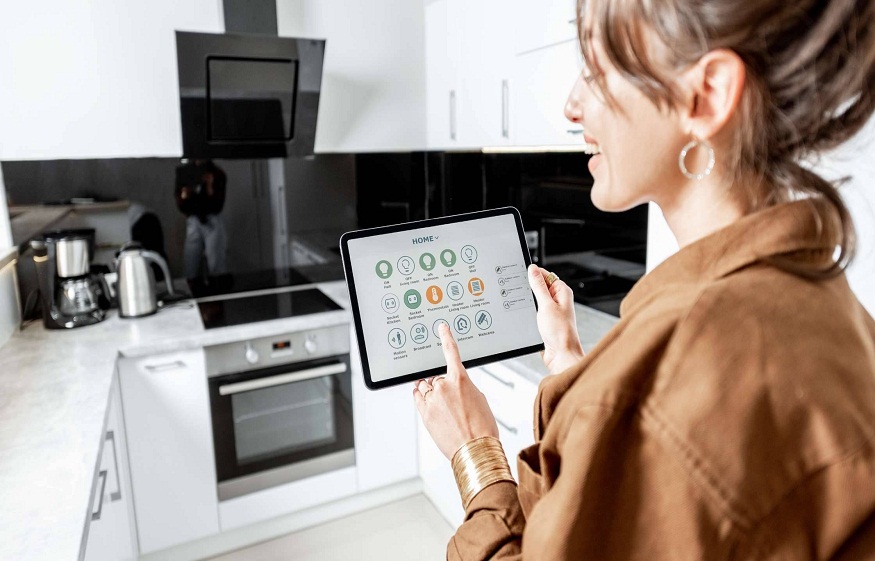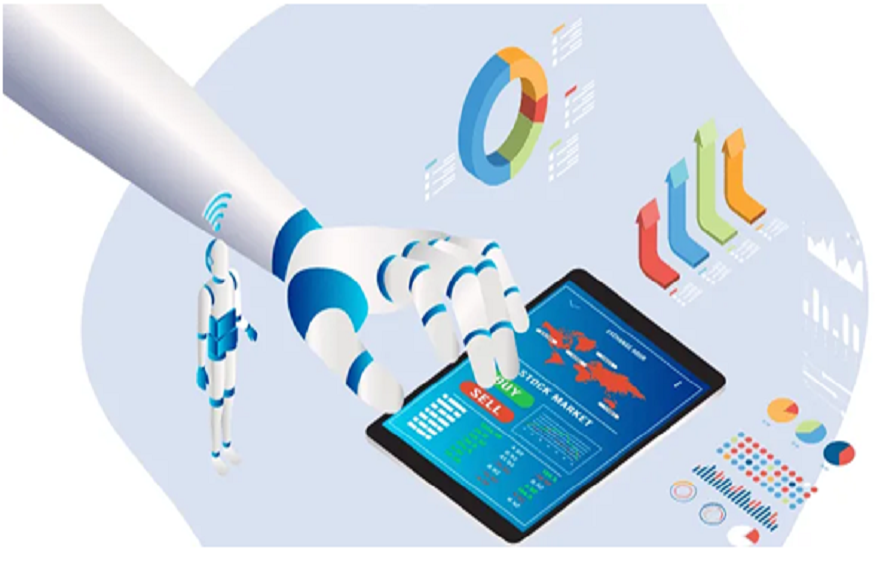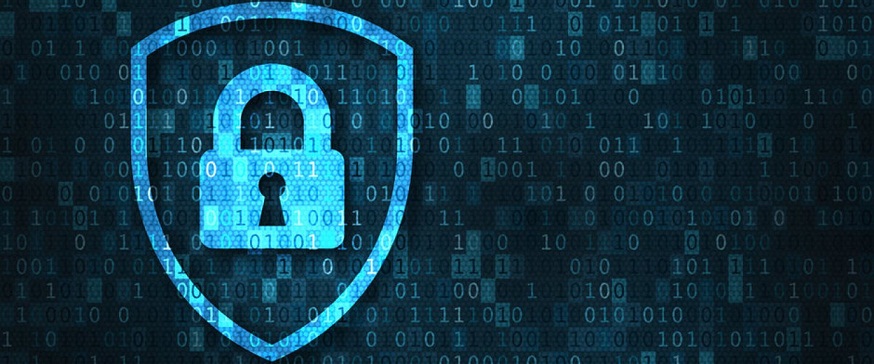
The Internet of Things (IoT) connects millions of devices across industries. Businesses rely on these systems for real-time data, automation, and operational efficiency. However, as more devices connect to networks, security risks increase.
Traditional security models grant excessive trust within internal networks, allowing cyber threats to spread once a single device is compromised. Attackers exploit weak authentication, unsecured communication channels, and unrestricted access to gain control over critical systems.
IoT remote management solutions address these risks by integrating Zero Trust Architecture (ZTA). Let’s understand how!
Why Does Traditional Security Fail in IoT?
Legacy security models operate on a “trust but verify” principle. Once a device gains access, it can move freely within the network. This approach fails in IoT environments for several reasons:
- Lack of Perimeter Security: IoT devices operate beyond corporate firewalls. Industrial sensors, connected vehicles, and remote monitoring systems expose networks to potential attacks.
- Device Proliferation: The number of IoT devices is growing exponentially. Many of them have weak security measures, making them easy targets for hackers.
- Compromised Devices Act as Entry Points: If a single device is breached, attackers can access other parts of the network, leading to widespread damage.
- Insufficient Identity Management: Many IoT devices rely on weak authentication methods. Default passwords, hardcoded credentials, and unauthorised access points increase the risk of compromise.
These vulnerabilities highlight the need for a security model that assumes threats exist both outside and inside the network.
How Does Zero Trust Architecture Strengthen IoT Security?
ZTA eliminates implicit trust in any device, user, or application. It follows a simple principle: “Never trust, always verify.” Every access request undergoes authentication, authorisation, and continuous monitoring. IoT remote management solutions leverage ZTA to enforce security at multiple levels.
1. Device Authentication and Continuous Verification
Traditional IoT security relies on network location to determine trust. ZTA requires every device to authenticate itself before gaining access. Multi-factor authentication (MFA), digital certificates, and biometrics validate identities.
Remote management platforms monitor device behaviour in real time. If a device deviates from its normal activity, the system immediately flags or disconnects it. Continuous verification prevents compromised devices from causing further damage.
2. Micro-Segmentation to Restrict Access
Micro-segmentation divides the network into smaller, isolated zones. Devices can only communicate with authorised services. If an IoT sensor collects environmental data, it does not require access to financial records.
Even if attackers breach a device, micro-segmentation limits their lateral movement. They cannot exploit vulnerabilities in other parts of the system. This approach minimises the attack surface and prevents large-scale breaches.
3. Adaptive Access Control for Risk-Based Authorisation
IoT remote management solutions use real-time analytics to assess risk levels. Factors such as device health, location, and user behaviour influence access decisions. A device attempting to connect from an unusual location undergoes additional verification.
Access is granted based on security posture, not static credentials. If a device does not meet compliance standards, it receives limited or no access. This proactive approach prevents unauthorised connections and data breaches.
4. Encrypted Communication for Secure Data Transmission
IoT devices transmit vast amounts of sensitive data. Without encryption, attackers can intercept and manipulate information. Zero Trust models enforce end-to-end encryption, securing communication between devices, cloud platforms, and remote management systems.
Encryption protocols such as TLS (Transport Layer Security) and IPSec protect data from unauthorised access. Secure boot mechanisms ensure that devices only run trusted software, preventing malware injection.
5. Automated Threat Detection and Response
IoT security cannot rely on manual monitoring. Remote management platforms use artificial intelligence (AI) to detect anomalies. Machine learning algorithms analyse traffic patterns, device behaviour, and security events.
When a threat is detected, automated response mechanisms take immediate action. Suspicious devices may be quarantined, blocked, or required to reauthenticate. These measures prevent small incidents from escalating into major security breaches.
Benefits of IoT Remote Management with Zero Trust Architecture
Zero Trust Architecture solution enhances IoT security by eliminating weak points that attackers exploit. Organisations gain multiple advantages by integrating IoT remote management solutions with a Zero Trust approach.
1. Protection Against Cyberattacks
IoT networks face constant threats, from malware infections to ransomware attacks. Zero Trust blocks unauthorised access, preventing attackers from moving laterally within the system. Even if a device is compromised, micro-segmentation and continuous verification contain the threat.
2. Stronger Data Security and Privacy
IoT devices collect and transmit sensitive data, making encryption and strict access controls essential. Zero Trust ensures that only authenticated users and devices can access or modify data. Encrypted communication prevents interception, reducing the risk of data leaks.
3. Secure Remote Access for IoT Devices
Industries such as healthcare, manufacturing, and logistics rely on IoT for remote monitoring and automation. Zero Trust enables secure access without exposing systems to cyber threats. Even remote workers and third-party vendors follow strict authentication before accessing IoT infrastructure.
4. Compliance with Security Regulations
Industries handling sensitive information must comply with cybersecurity regulations such as GDPR, HIPAA, and ISO 27001. Zero Trust enforces data protection policies, helping businesses meet compliance requirements and avoid legal penalties.
5. Reduced Insider Threats
Employees, contractors, or compromised credentials can cause security breaches. Zero Trust enforces role-based access control, limiting data access to authorised personnel only. This reduces internal security risks and prevents accidental data exposure.
6. Lower Operational Downtime
Cyberattacks often disrupt operations, leading to financial losses. Zero Trust mitigates these risks by continuously monitoring devices and responding to threats in real time. Automated security protocols minimise downtime and keep systems running efficiently.
7. Future-Proof Security for IoT Growth
As IoT adoption expands, security must scale accordingly. Zero Trust provides a flexible security model that adapts to new devices, applications, and evolving cyber threats, offering long-term protection.
Challenges in Implementing Zero Trust for IoT
Despite its advantages, deploying Zero Trust in IoT environments presents challenges:
- Legacy Device Compatibility: Older IoT devices may not support advanced authentication or encryption protocols. Upgrading or replacing these devices requires investment.
- Performance Impact: Continuous authentication and monitoring introduce latency. Organisations must balance security with performance optimisation.
- Complexity of Implementation: Zero Trust requires integration with existing security frameworks. Businesses need skilled professionals to manage access policies and threat detection mechanisms.
Airtel IoT offers safe, scalable, and intelligent IoT connectivity solutions to help businesses secure devices, networks, and data without compromising performance or scalability.
Final Thoughts
IoT is driving innovation across industries, improving automation, efficiency, and decision-making. With the right security framework, businesses can protect their connected devices. Strong authentication, encrypted communication, and intelligent access management help mitigate risks without disrupting performance.
By investing in advanced remote management solutions, you enjoy real-time visibility, control, and protection. All these help in long-term reliability and compliance. While implementation requires planning, the benefits far outweigh the difficulties.
Note that a secure IoT ecosystem not only strengthens business resilience but also unlocks new opportunities for growth.



